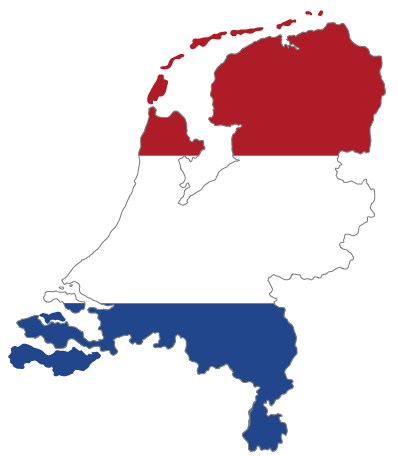Dutch Translation Services

Language History
Old Dutch in the medieval period became the main language spoken in areas that would later become the southern Netherlands and northern Belgium. This was mainly a spoken language, however there are several existing documents that exist like the Hebban olla vogala poem. Later, Old Dutch developed into Middle Dutch which split into several regional dialects. It was in the 14th century when attempts were made to standardise the Dutch language.
In 1637, the Protestant leaders of the Dutch Republic published a new Dutch version of the Bible which had great influence from Hebrew and German Bible texts. This led to the standardisation of the Dutch language and how it is now known today (although there have been changes over the centuries). In the colonial period, Dutch developed into several Creoles languages and split into Afrikaans –mainly spoken in South Africa and Nambia.
Dutch has 23 million native speakers around the world and around 4 million people speak it as a second or foreign language.
Where is Dutch Spoken?

Fun Fact
35 letters long –
“Meervoudigepersoonlijkheidsstoornis”, meaning “multiple personality disorder”.
Did you Know?
Amharic is the second most spoken Semitic language in the whole
“The Dutch word “gezellig” is untranslatable. It describes something that gives off good feelings.”
False Friends in Dutch and English
4 Easy Phrases in Dutch!
Population vs. Internet Penetration
Netherlands Population:
17,132,908
Internet Users:
16,383,879
Penetration:
95.6%
As of 2019. Source:
www.internetworldstats.com
FACT!
Dutch Translation Tips
• Unlike in English, gender is assigned to all nouns in the Dutch language – male, female, and neuter.
• Articles have several forms according to the gender of their corresponding nouns. “De” is used with masculine and feminine nouns, and “Het” is used with neuter nouns.
• Remember! The order is subject-verb-object in main clauses, but subject-object-verb in subordinate clauses.






